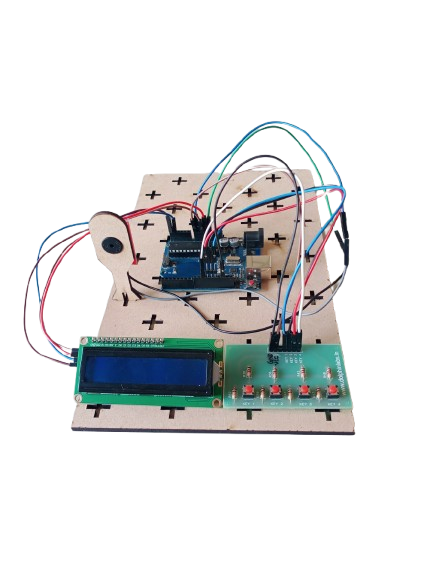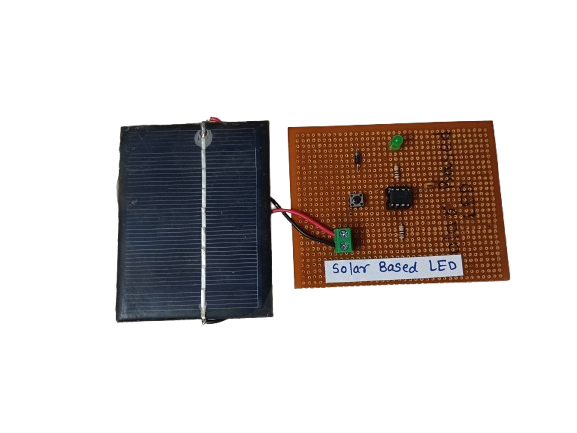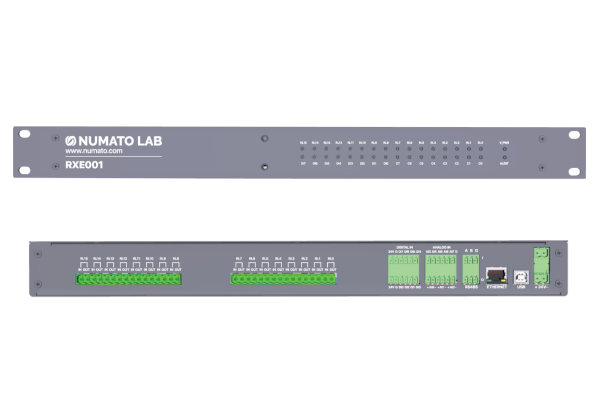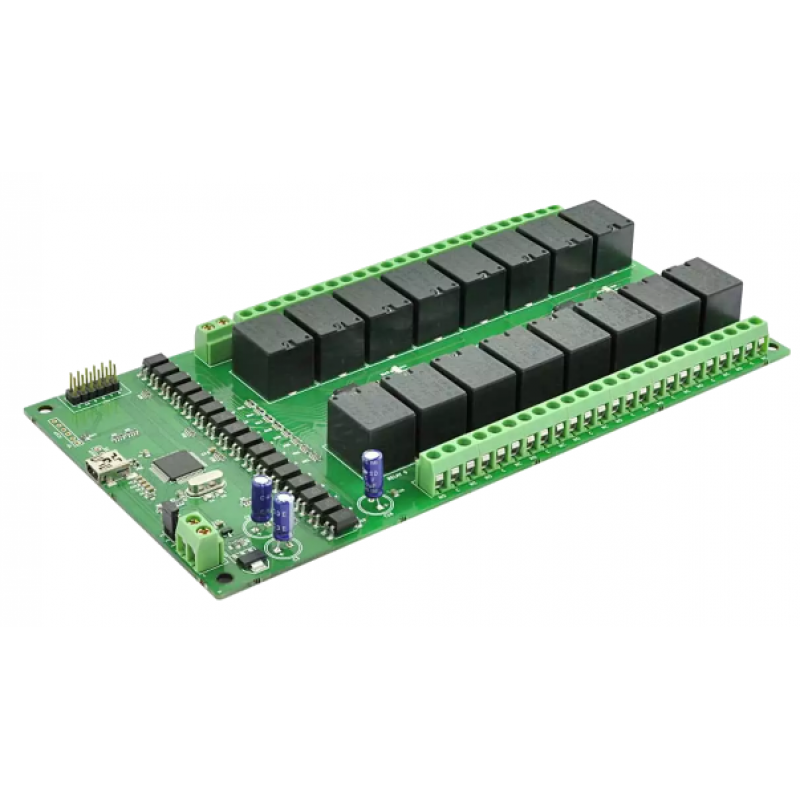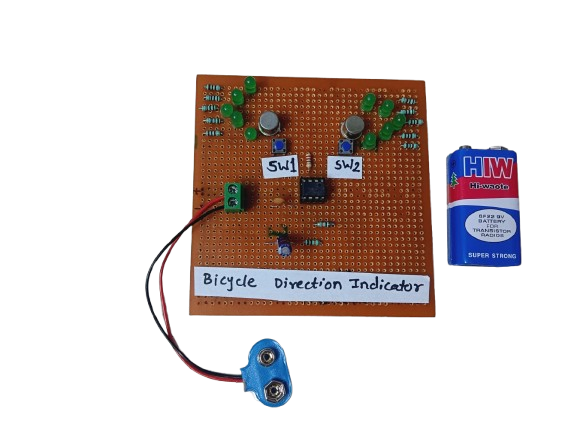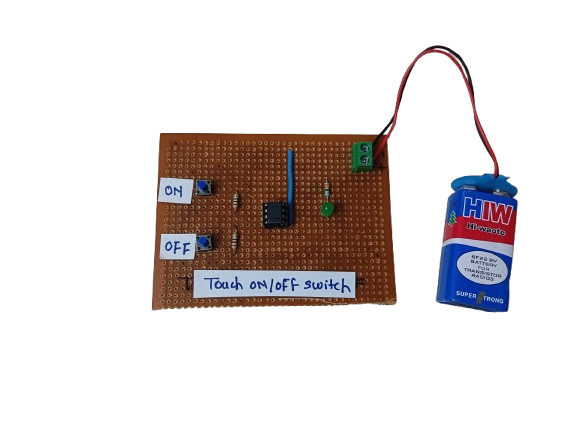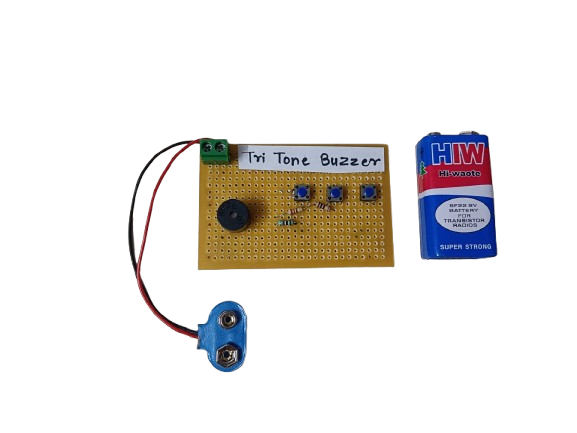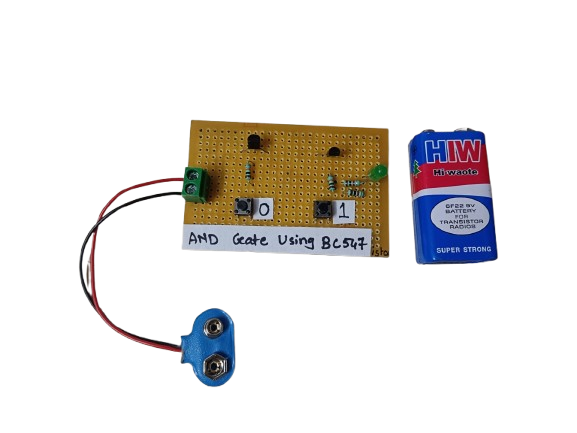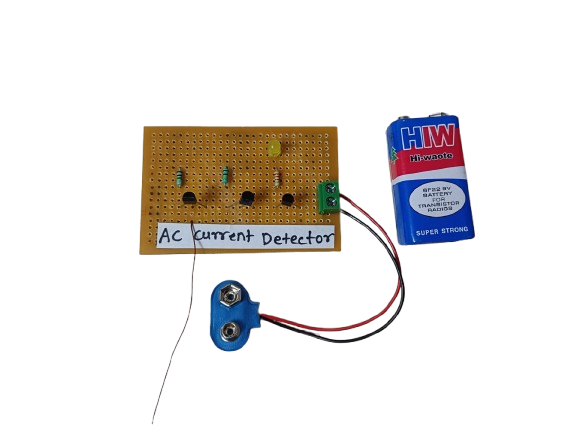Traffic light control circuit using IC CD4017
₹250.00
In StockA traffic light control circuit using IC CD4017 is a simple digital electronics project that mimics the working of a real traffic light system. It uses the CD4017 decade counter IC along with a timer (usually 555 IC) to sequentially switch Red, Yellow, and Green LEDs, simulating the flow of traffic signals.
Description
The CD4017 is a CMOS Decade Counter/Divider IC with 10 decoded outputs (Q0 to Q9). It is widely used in sequential control applications. When combined with a 555 timer IC (configured in astable mode), it forms the basis for a traffic light control system.
Here’s how the circuit works:
- The 555 timer generates a continuous clock pulse (square wave).
- These pulses are fed into the CD4017, which advances its output from Q0 to Q9 one by one with each clock pulse.
- By connecting Red, Yellow, and Green LEDs to specific outputs (like Q0, Q1, Q2), you can simulate a traffic light sequence.
- The timing of each light can be controlled by adjusting the resistor-capacitor (RC) values of the 555 timer.
The system repeats in a loop, much like actual traffic signals, but simplified for demonstration purposes.
-
A Reaction Time Game is an interactive electronic project designed to measure a user’s response speed. Using an Arduino, keypad, buzzer, and LCD, the system tests how quickly a player can respond to a visual or auditory signal. This project is widely used in educational setups, gaming, and psychology experiments to study reflexes and reaction times.
-
The Conveyor Belt Object Counter using LDR and 7-Segment Display with the 8051 microcontroller is designed to count objects passing in front of an LDR (Light Dependent Resistor) sensor. The system works by detecting light interruptions when an object crosses the sensor, causing a change in the LDR’s resistance. The microcontroller processes this change and increments an object count. The count is then displayed on a 7-segment display.
-
A solar-based LED system is a lighting setup that uses solar energy to power LED (Light Emitting Diode) lights. During the day, a solar panel captures sunlight and converts it into electrical energy, which is stored in a battery. At night or in low-light conditions, this stored energy powers the LED light.
These systems are eco-friendly, cost-effective, and ideal for off-grid or outdoor applications like street lighting, garden lights, and emergency lighting.
₹250.00




